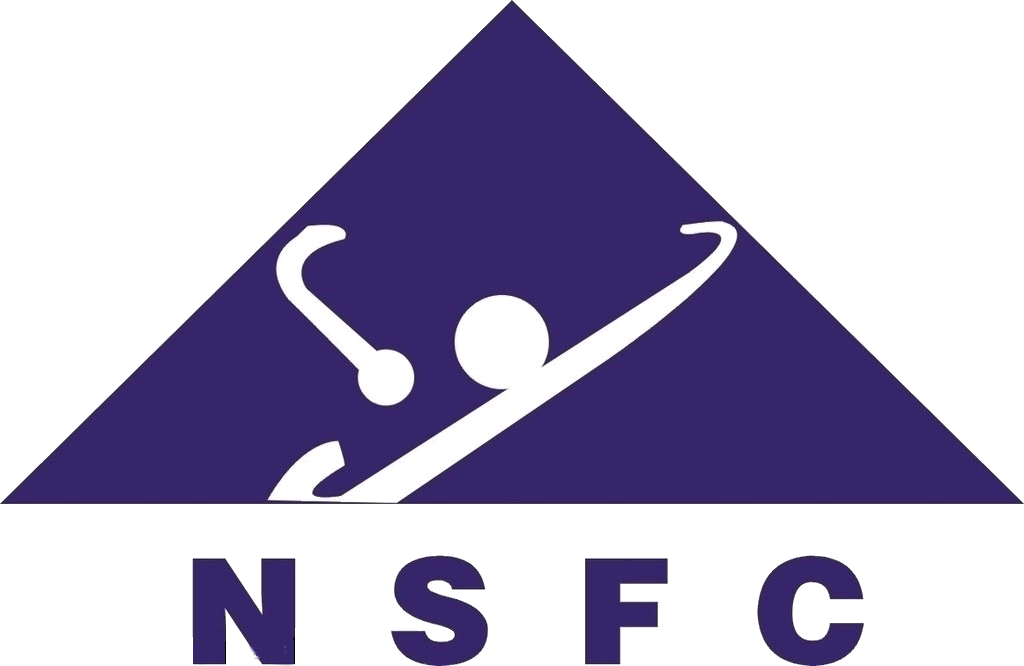| Logical Handling of Analogical Proportions in Commonsense and Transductive Reasoning Professor Henri Prade National Center for Scientific Research (C.N.R.S.), France. | |
|
[Abstract] Analogies play an important role in many reasoning tasks. The presentation will introduce a recently proposed modeling for analogical proportions, i.e. statements of the form “A is to B as C is to D”, which put four situations into comparative relations. The logical representation used for encoding such proportions takes both into account what the four situations have in common and how they differ. Thanks to the use of a propositional logic modeling extended with suitable fuzzy logic connectives, the approach can deal with situations described by features that may be binary- or multiple-valued. Moreover, it will be shown that analogical proportions are related to other logically expressible proportions that are also of interest. The presentation will emphasize the interest of the approach for handling a large variety of forms of reasoning ranging from the solving of IQ tests, to case-based reasoning, interpolative and extrapolative reasoning, and transductive reasoning for classification. Potential for analogical argumentation will be also briefly discussed. The approach does not just rely on the exploitation of similarities between two cases, but rather takes advantage of the parallel made between a situation to evaluate or complete and three other situations. | |
|
[Biography] Henri Prade was born in Mulhouse in 1953. He is "Directeur de Recherche" at C.N.R.S., and works at IRIT (Institut de Recherche en Informatique de Toulouse). He received a Doctor-Engineer degree from Ecole Nationale Supérieure de l'Aéronautique et de l'Espace, in Toulouse (1977), his "Doctorat d'Etat" (1982) and the "Habilitation à Diriger des Recherches" (1986) both from Paul Sabatier University in Toulouse. He is the co-author, with Didier Dubois, of two monographs on fuzzy sets and possibility theory published by Academic Press (1980) and Plenum Press (1988) respectively. He has contributed a great number of technical papers (including about 200 journal papers) and has co-edited several books including the seven volumes of the "Handbooks of Fuzzy Sets Series" (Kluwer, 1998-2000) with Didier Dubois. He has been recently one of the co-editors of the Springer book "Methods for Handling Imperfect Spatial Information", and of an Artificial Intelligence Journal Special Issue on the handling of preferences in AI. He was the conference chair of ECAI'98, co-conference chair of Fuzz-IEEE'92, UAI'99, SUM'07, FoIKS'10, and the co-general chair of SoCPaR'10. He is has served on the editorial or advisory board of several international journals including Fuzzy Sets and Systems, IEEE Transactions on Fuzzy Systems, ACM Trans. on Computational Logic, the Inter. J. of Approximate Reasoning, the Inter. J. of Intelligent Systems, the J. of Intelligent Information Systems, Fundamenta Informaticae, and Information Sciences, In 2002 he received the Pioneer Award of the IEEE Neural Network Society. He is an IFSA Fellow and an ECCAI Fellow. His current research interests are in uncertainty and preference modeling, non-classical logics, approximate, plausible, and analogical reasoning with applications to artificial intelligence and information systems. | |
| Multi-Objective Evolutionary Fuzzy Systems Prof. Francesco Marcelloni University of Pisa, Italy. | |
|
[Abstract] In the last two decades, fuzzy rule-based systems (FRBSs) have been successfully applied to different engineering fields such as control, pattern recognition, system identification and signal analysis. FRBSs consist of a linguistic rule base (RB), a data base (DB) containing the fuzzy sets associated with the linguistic terms used in the RB and a fuzzy logic inference engine. Several methods have been proposed in the literature to generate the RB and the DB of an FRBS from available data (typically, input-output samples). At the beginning, such generation was generally performed with the unique objective of maximising the accuracy. Soon, however, the researchers realised that these accuracy-driven approaches typically produce FRBSs characterized by a high number of rules and by linguistic fuzzy partitions with a low level of comprehensibility, thus loosing that feature which makes FRBSs preferable to other approaches in real applications, namely interpretability. To overcome this problem, in the last decade, new methods have been proposed to generate FRBSs taking not only accuracy, but also interpretability of RB and DB into consideration. | |
|
[Biography] Francesco Marcelloni received the Laurea degree in Electronics Engineering and the Ph.D. degree in Computer Engineering from the University of Pisa in 1991 and 1996, respectively. He is currently an associate professor at the Faculty of Engineering of the University of Pisa. He has co-founded the Computational Intelligence Group and has founded and heads the Competence Centre on MObile Value Added Services (MOVAS), both at the Department of Information Engineering of the University of Pisa. His main research interests include evolutionary fuzzy systems, multi-objective evolutionary algorithms, fuzzy clustering, neural networks, pattern recognition, data compression and aggregation in wireless sensor networks, web user profiling and system modelling. He is (co-)author of a book and of more than 150 papers in international journals, books and conference proceedings. Currently, he serves as associate editor of three international journals and as TPC co-chair of the 11th International Conference on Intelligent Systems Design and Applications, Cordoba, Spain. | |
| Overview of Swarm Intelligence Professor Jeng-shyang Pan National Kaohsiung University of Applied Sciences, Taiwan. | |
|
[Abstract] Swarm intelligence (SI) is based on collective behavior of self-organized systems. Typical swarm intelligence schemes include particle swarm optimization (PSO), ant colony system (ACS), stochastic diffusion search (SDS), bacteria foraging (BF), the bees algorithm, swarm robotics, etc. Besides the applications to conventional optimization problems, SI can be used in controlling robots and unmanned vehicles, predicting social behaviors, enhancing the telecommunication and computer networks, etc. Indeed, the use of swarm optimization can be applied to a variety of fields in engineering and social sciences. This talk reviews some popular algorithms in the field of swarm intelligence for problems of optimization. The overview and experiments of Particle Swarm Optimization (PSO), Artificial Bee Colony (ABC), Ant Colony System (ACS) and Cat Swarm Optimization (CSO) are given. The parallel versions of ACS, PSO and CSO are also introduced. In addition, some comparisons are made between these algorithms. | |
|
[Biography] Jeng-Shyang Pan received the B. S. degree in Electronic Engineering from the National Taiwan University of Science and Technology in 1986, the M. S. degree in Communication Engineering from the National Chiao Tung University, Taiwan in 1988, and the Ph.D. degree in Electrical Engineering from the University of Edinburgh, U.K. in 1996. Currently, he is a Professor in the Department of Electronic Engineering, National Kaohsiung University of Applied Sciences, Taiwan. He is also invited to be the Doctoral advisor both in University of South Australia and Harbin Institute of Technology. He jointed the editorial board of International Journal of Innovative Computing, Information and Control, LNCS Transactions on Data Hiding and Multimedia Security, International Journal of Hybrid Intelligent System, Journal of Information Assurance and Security, International Journal of Computer Sciences and Engineering System, Journal of Computers, International Journal of Digital Crime and Forensics, ICIC Express Letters, and Computational Intelligence and Its Applications Book Series (IGI Publishing). His current research interests include soft computing, information security and signal processing. | |
| Robust Visual Tracking with Applications to Shared Control in Robotic Tele-operation Professor Fuchun Sun Tsinghua University, China. | |
|
[Abstract] Currently visual tracking has received significant attentions due to its crucial value in practical applications. It has been shown that for tracking scenario, constant subspace assumption is more reasonable than constant brightness or color assumptions. Many works have been developed to construct suitable likelihood function based on the subspace representation, but how to design a robust likelihood remains an open challenging problem. | |
|
[Biography] Dr. Fuchun Sun received Ph.D degree from the Department of Computer Science and Technology, Tsinghua University, Beijing, China, in 1998. Now he is a professor in the Department of Computer Science and Technology, Tsinghua University, Beijing, China. His research interests include intelligent control, networked control system and management, neural networks, fuzzy systems, nonlinear systems and robotics. He has authored or coauthored two books and over 100 papers which have appeared in various journals and conference proceedings. | |





